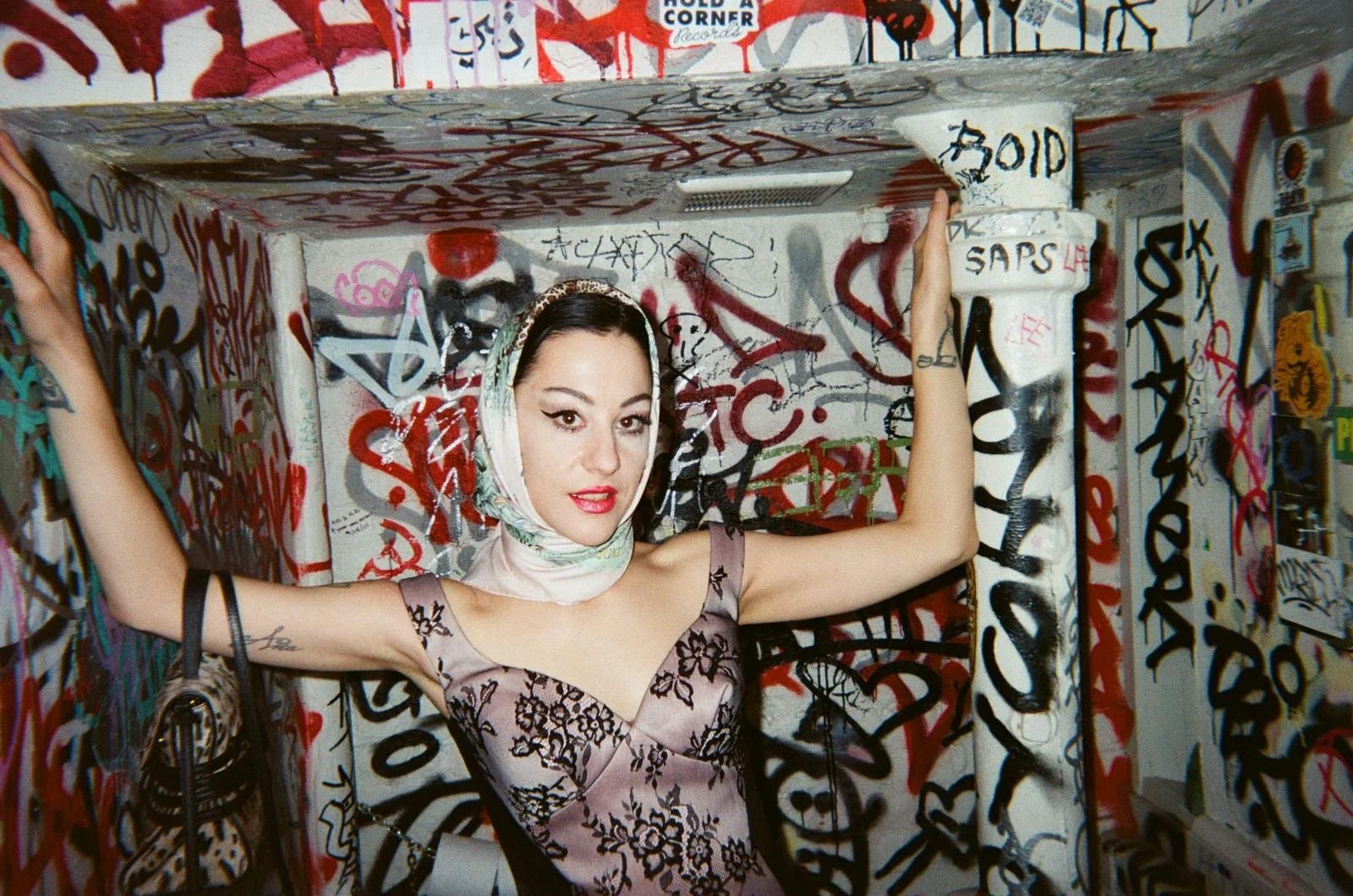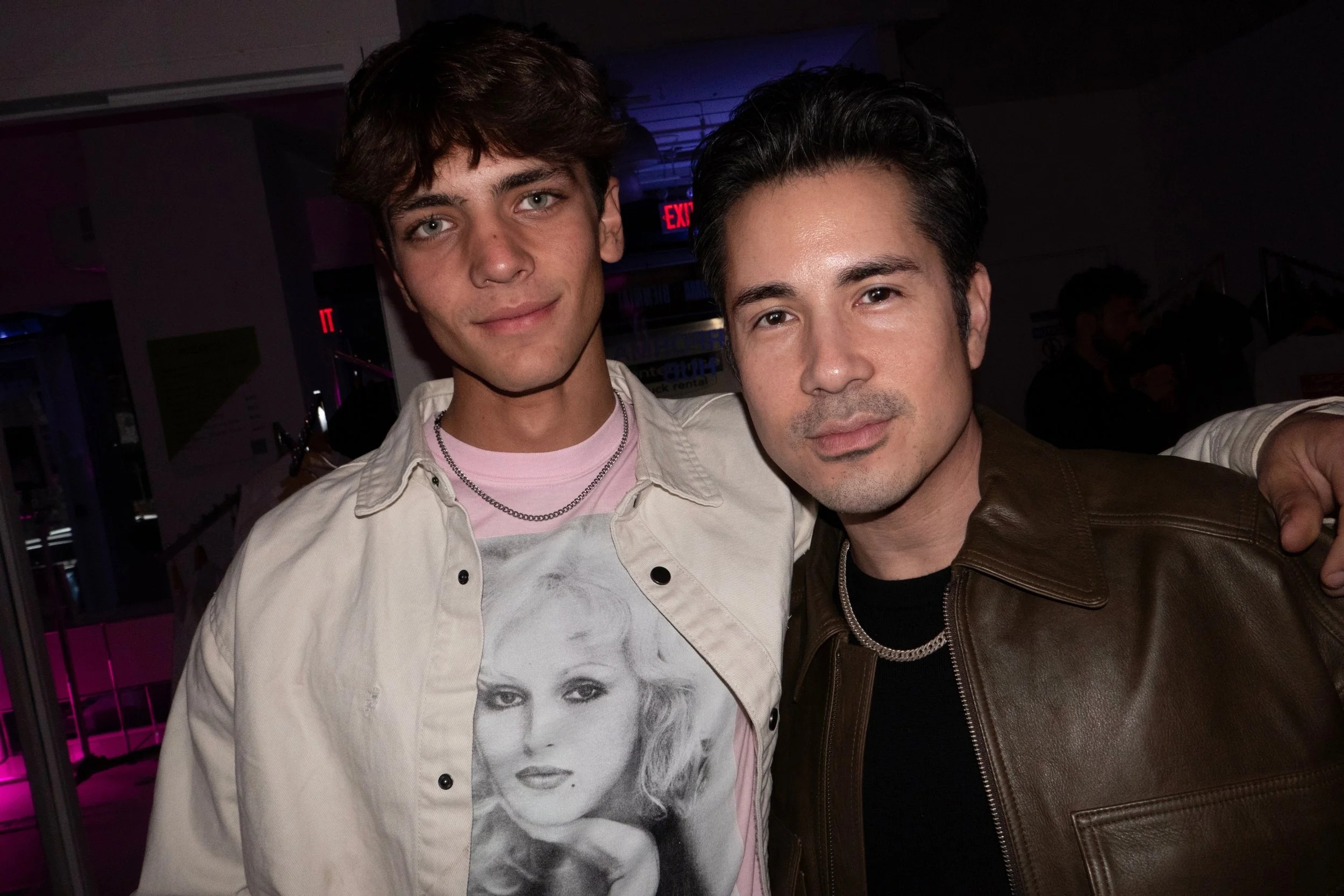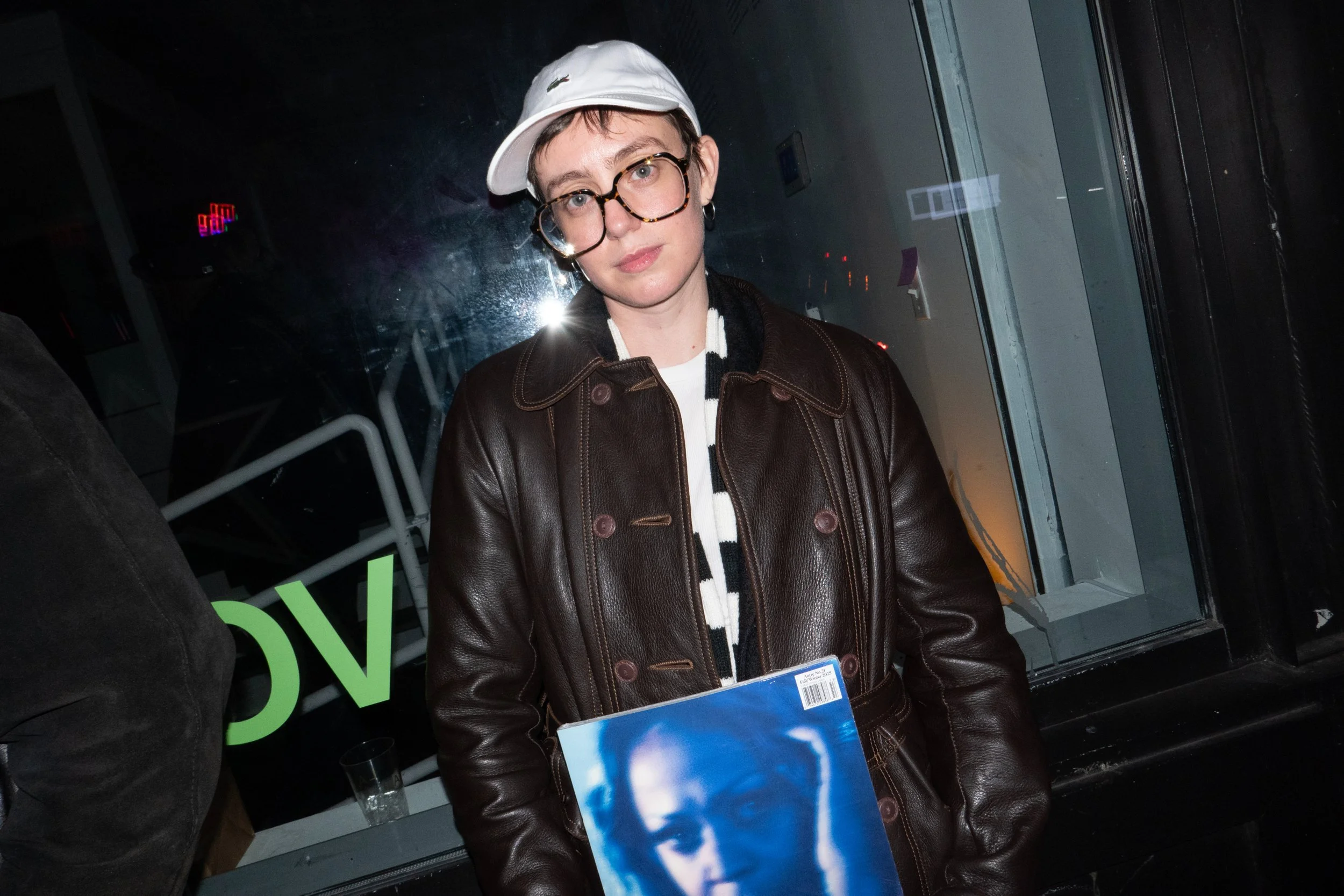I joined TikTok during the pandemic. I watched trends rise and fall. I absorbed the platform’s new vocabulary, born from censorship and irony. Suicide became “unalive.” Ass became “dat ahhh.” It was absurd but poetic in its own way. Language, like sea glass, reshaped itself to fit the medium—what was once sharp worn down into something vaguely familiar but entirely different.
These codes are legible if you spend enough time marinating in the app’s glossary of brain rot. But the more dangerous grammar is subtler. The algorithm doesn’t just reflect your preferences—it hones them, coaxing you toward extremity. As The Wall Street Journal’s Tech Briefing podcast put it, TikTok “learns your deepest desires” in an eerie few beats, feeding you more of what keeps you watching. Every observable input is tracked: your search queries, the velocity of your scrolling, the pauses between swipes. Anything over five seconds counts as a view. Each becomes a signal, aggregated and weighted against billions of others to predict your next move. The result is not a mirror, but a statistically optimized version of you—built to keep you watching.
Over time, it can feel more intimate than self-knowledge—drawn from impulse, from the hidden parts of the mind that rise only when you are certain no one is watching. The algorithm pulls from the same place as your late-night searches: the weird medical question at 3 a.m., the kink you’ve never said out loud, the idle thought about disappearing or having an affair. Your search engine has always known. Now that information lives inside every feed you open, refined and fed back until it can predict not just your habits but the outline of your most private impulses.
When I began shaping my own feed, I searched for innocuous terms like “healthy dinner ideas” or “easy meal prep under twenty minutes.” I often forget to eat—not for any alarming reason, but because decision-making can feel impossible. Just figuring out what I want, what my body wants, is enough to drain me for the rest of the day.
At first, the algorithm obliged. Between niche fashion accounts, videos of borzois, and primitive tool survivalists, it offered me recipes: smoothie bowls, salmon with blistered vegetables, quinoa in a jar. I clicked. I bought the ingredients—spirulina, colostrum, collagen powders, and various leafy greens. Everything ended up rotting in the bottom drawer of my fridge.
Then the feed changed. Slowly at first. “What I eat in a day as a model.” “How I stay thin for castings.” Then, carousels of reconstituted pro-anorexia Tumblr images, posted without comment, recycled like vintage. The descent is gentle. You don’t notice the slope until you’re already sliding.
You’d think that, at thirty-two, I would be immune. But that’s the hubris of mortals who believe age can shield us from influence. I began to feel the weight around my hips as a gravitational pull into depression. If I sat and felt a softness in my stomach, I would reach for a fiber pill and a cigarette instead of lunch. Hunger became proof of discipline. A performance of elegance.
And the app cheered me on.
What I didn’t realize was that my own behavior—clicking certain videos, searching specific phrases—was reinforcing the spiral I was already in. When I searched for “healthy” dinners, I was rewarded with aspirational videos that confirmed a deeper belief: eating less is glamorous. The more I lingered, the more the algorithm assumed I wanted proof. And so it offered me more.
TikTok’s algorithm doesn’t care if the content is healthy. It doesn’t moralize. It optimizes. In the span of a month, my vague curiosity about eating better snowballed into a kind of guided fasting: bone broth breakfasts, five-hundred-calorie meal plans, women with translucent skin and visible ribs demonstrating Pilates routines—all to the beat of a Lana Del Rey song slowed down by thirty percent.
The algorithm doesn’t ask if this is good for you.
It only asks: What will make you stay?

























































































